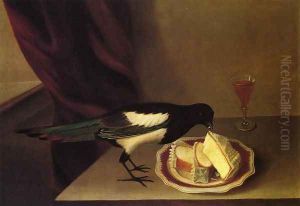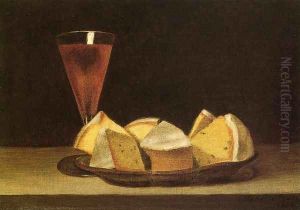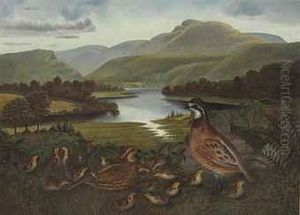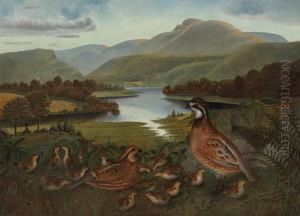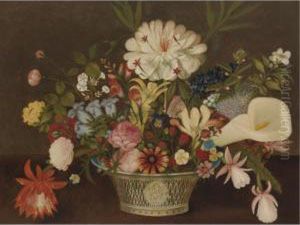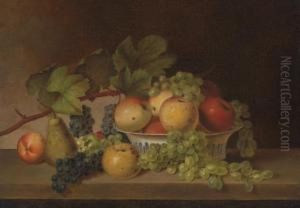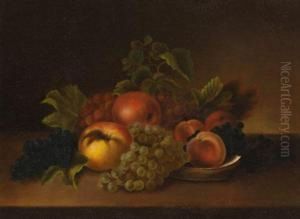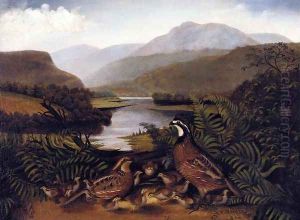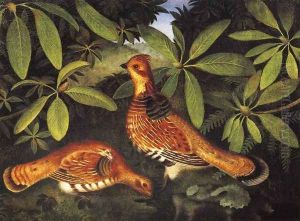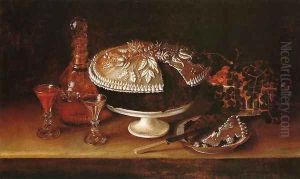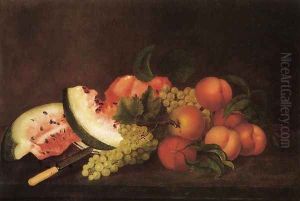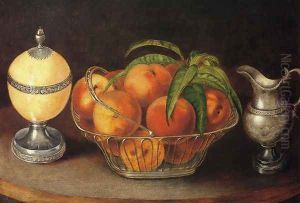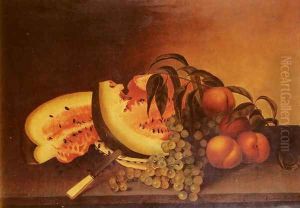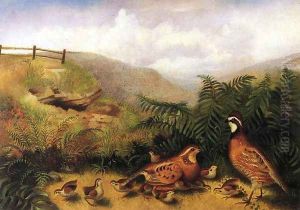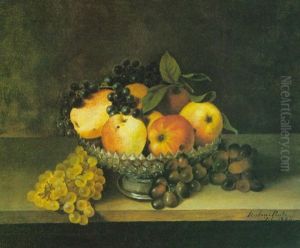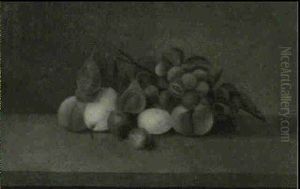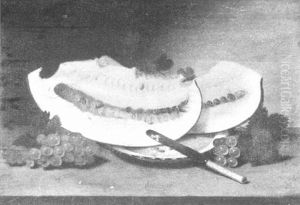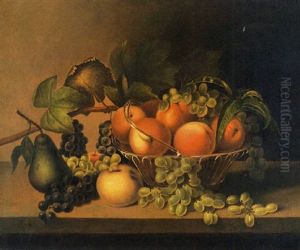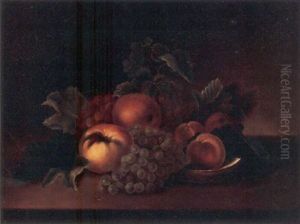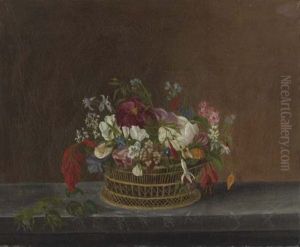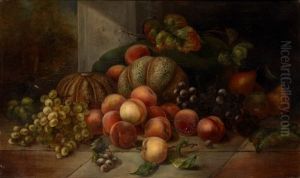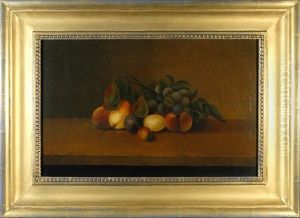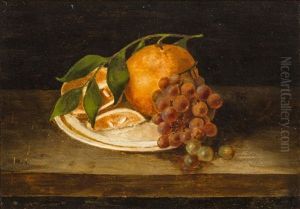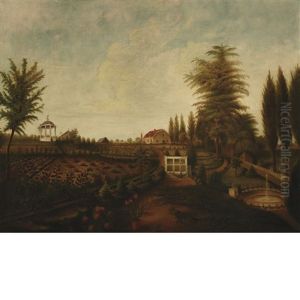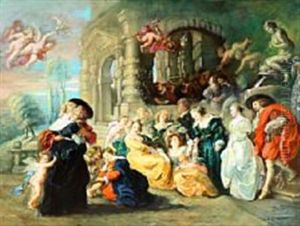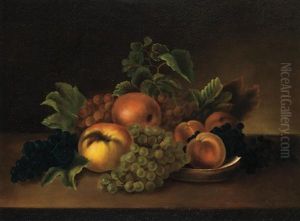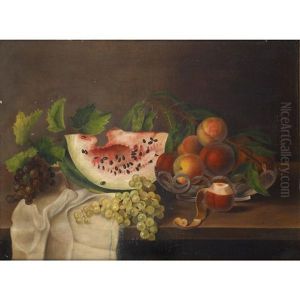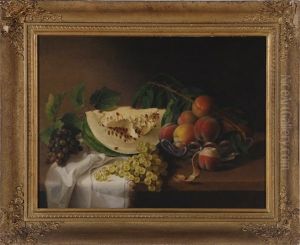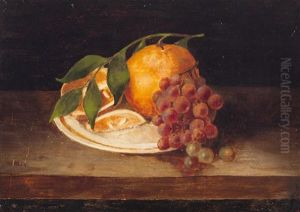Rubens Peale Paintings
Rubens Peale was born on May 4, 1784, in Pennsylvania, USA. He was one of the many children of the renowned American naturalist and painter, Charles Willson Peale, and his second wife, Elizabeth De Peyster. Growing up in a family deeply entrenched in the arts and sciences, Rubens was exposed to an environment filled with intellectual and creative stimulation from a very young age. His father, Charles Willson Peale, was not only a notable artist but also the founder of one of the first major museums in the United States, the Peale Museum in Philadelphia. This unique upbringing played a significant role in shaping Rubens' interests and career.
Unlike many of his siblings who pursued careers in painting from an early age, Rubens initially took a different path. He managed the family's museum in Baltimore for a period before returning to Philadelphia to assist with the family's museum there. It was not until his later years that Rubens began to focus more seriously on painting, particularly after his marriage to Harriet Cany Peale, the daughter of his brother Rembrandt Peale, another distinguished artist in the Peale family legacy. Despite starting his career in painting at a relatively older age, Rubens developed a notable skill, primarily focusing on still-life paintings. His works are characterized by their detailed depiction of natural objects, a reflection of his lifelong exposure to natural history through his family's museum.
Throughout his life, Rubens Peale faced several personal challenges, including vision problems that significantly affected his ability to paint. Despite these obstacles, he continued to paint and contribute to the artistic legacy of the Peale family. His works, though not as widely recognized as those of his father Charles or brother Rembrandt, demonstrate a keen observation of nature and a delicate handling of his subjects.
Rubens Peale's contributions to art, though modest in comparison to other family members, are a testament to the enduring influence of the Peale family in American art history. He passed away on March 17, 1865, leaving behind a body of work that, while small, enriches our understanding of early American still-life painting. Rubens' life and work continue to be studied by art historians and enthusiasts who are interested in the Peale family's significant impact on the development of American art and museums.
